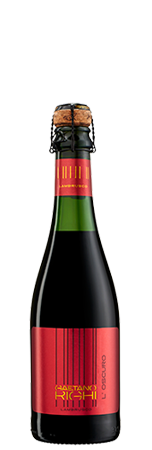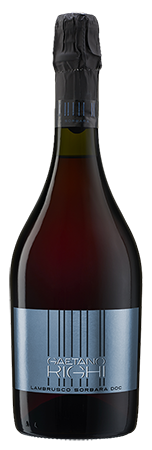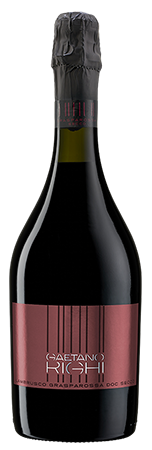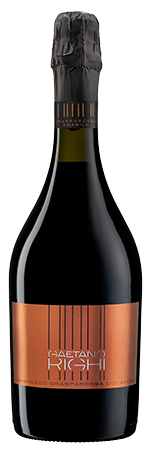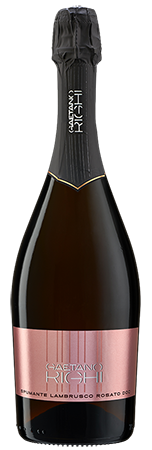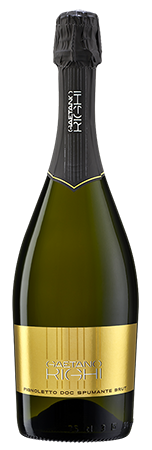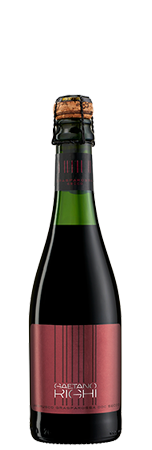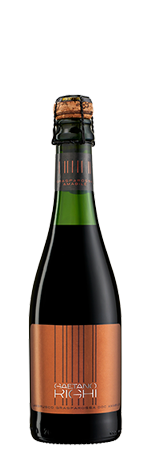THE WORLD OF RIGHI’S LAMBRUSCO
Those who have never considered Lambrusco as an ideal aperitif will be surprised to discover that its vivacity, youthful exuberance, and the sensation of freshness, make this joyous wine an excellent way to toast the start of an evening.
All this is the result of a family of grape varieties represented mainly by Sorbara, Salamino and Grasparossa, but which also includes other minor varieties of Lambrusco.
In general, Lambrusco is a semi-sparkling wine, produced mainly in pressurized tanks. However, a small quantity is still obtained by the Classic Method in which the second fermentation takes place in the bottle (with disgorgement of the lees) or the Ancestral Method (leaving the lees in the bottle until the wine is drunk).
In recent years, Lambrusco has also been used as the main ingredient in various cocktails, which are becoming increasingly popular with consumers.
THE WORLD OF RIGHI’S PIGNOLETTO
Up until recently, the term Pignoletto referred both to a grape variety and wine, usually semi-sparkling or sparkling but also sometimes still, typically produced in the area around Bologna.
Since 2014, the name Pignoletto has been attributed to the wine’s geographical denomination in order to protect it from imitations. The Pignoletto zone today is therefore a DOC (Denomination of Controlled Origin).
As a consequence, the main grape variety from which Pignoletto is made is now called Grechetto Gentile. It belongs to the family of Greek vines that have come down to us thanks to the Etruscans and through a continuous process of adaptation.
Over the years it has become an ideal base wine for semi-sparkling and sparkling wines, due to the particularly tannic nature of Grechetto grapes, which gives the wines fullness of flavor.
Pignoletto, especially in its sparkling version, is increasingly used as an essential ingredient in fashionable cocktails that are consumed mainly as aperitifs.




















